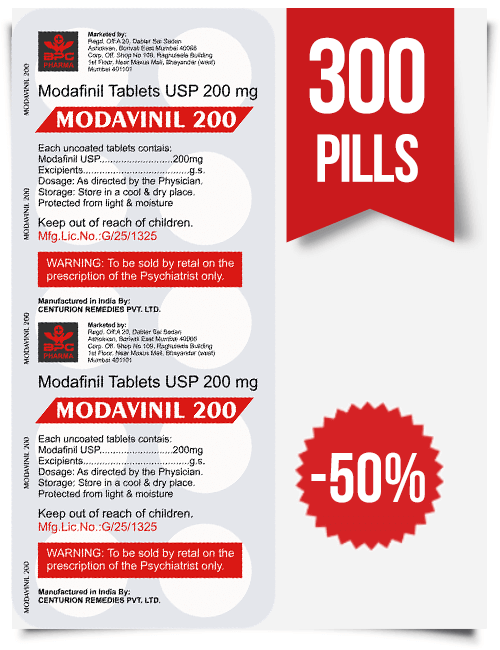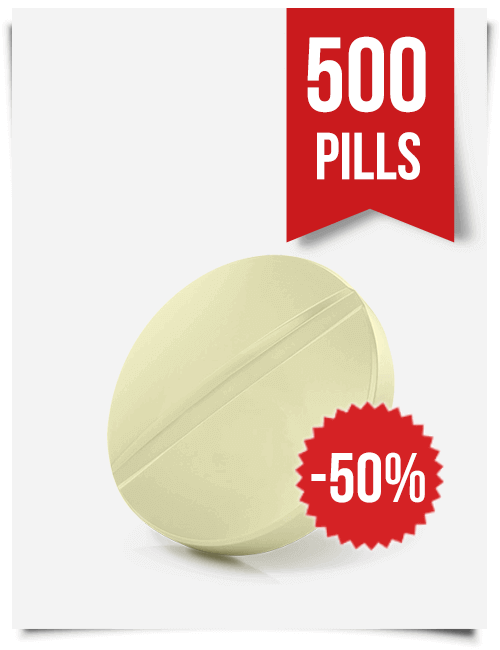Why Do We Need The Best Humidifier For Baby?
Increasing the indoor humidity level and maintaining it at a healthy level can help reduce the severity of upper respiratory and lower respiratory tract cold symptoms. It can lessen the duration of cold symptoms and alleviate the discomfort of dry skin and itchy eyes.
Cold, dry air is a favorable breeding ground for viruses of all types, so running a humidifier in the baby’s room may help prevent your young one from getting sick in the first place
.
Under ideal conditions, indoor humidity should be maintained in the range of 30% to 50%. Heating your living space in the winter, whether it is a home or an apartment, can deplete the air’s humidity level inside to as low as 10%.
In such an environment, it is not unusual for anyone, but especially small children, to experience a buildup of normal secretions in the nasal cavities and respiratory passageways. A humidifier can help alleviate this discomfort by loosening these secretions, helping children as well as adults to rid themselves of nasal and chest secretions through effective coughing. Ram Duriseti
Adults are more effective at clearing their breathing passageways because of their increased size and years of practice removing bothersome secretions. Babies don’t have the advantage of size or any experience on which to rely.
Where parents can get flu shots and rely on over-the-counter cough and cold products, a baby has no such remedies available. In fact, the Food and Drug Administration recommends cough and cold products not be given to children under the age of two. The FDA also strenuously recommends that babies under six months of age not receive flu vaccines.
A humidifier in the baby’s room, and others placed throughout the home, can afford some relief to the child suffering cold symptoms and congestion. Every mother knows the benefits of a bulb suction and saline drops or fine saline mist spray.
A humidifier can be used in conjunction with these time-tested treatments to help the baby breathe easier, even when sick. The humidified air can help decrease nasal stuffiness, keeping the nasal passages more comfortable and the airways of the chest moist and less irritated.
What Should Parents Look For When Purchasing The Best Humidifier For Baby?
With so many models and styles on the market, how is a parent to know what to look for when shopping for the baby’s humidifier?
The humidifiers of today are far superior to the ones our grandparents used. Whether you get a tabletop model or a larger console style, there will be certain frequent maintenance procedures that must be carried out routinely.
The humidifier works because of a water reservoir, so the water has to be changed daily. The reservoir should be cleaned and dried on a daily basis to prevent bacteria and mold from setting up a colony inside the humidifier.
If the model you purchase allows the use of tap water, it should probably be cleaned regularly with a solution of vinegar and water, and maybe even disinfected with a bleach solution to prevent the accumulation of mineral scale.
Most humidifiers will have some type of filter or wick that will require cleaning and/or replacement on a regular basis.
If the tap water in your home is hard water, this could reduce the humidifiers’ output and encourage the buildup of mineral scale. A simple solution to this problem is to use distilled water. This can be purchased at a very low cost at most grocery stores and pharmacies.
Safety should always be a paramount concern when selecting any equipment to be used in a child’s room. Humidifiers are no exception. Humidifiers, whether tabletop models or consoles, should be placed on a flat surface.
It should not be placed on the floor, which would put it in proximity to children and pets. It should be out of reach. If planning to move the humidifier, even a few inches to adjust the positioning, always unplug it before moving. It should also be unplugged when it is not in use.
Warm water humidifiers are especially dangerous when placed in children’s rooms. Burns can result from accidental exposure to the hot steam and some of the surfaces of the unit may be hot to touch. Some manufacturers produce and sell humidifiers that resemble cute little animals, such as penguins, frogs, or pigs.
While these are adorable and look cute to mothers-to-be, keep in mind that in a child’s mind, it will look like a toy. Even if the penguin-shaped unit you purchase is a cool-mist model, a child could still be injured when accidentally pulling the unit off the table or turning it over on the floor.
Cold, dry air is a favorable breeding ground for viruses of all types, so running a humidifier in the baby’s room may help prevent your young one from getting sick in the first place
.
Under ideal conditions, indoor humidity should be maintained in the range of 30% to 50%. Heating your living space in the winter, whether it is a home or an apartment, can deplete the air’s humidity level inside to as low as 10%.
In such an environment, it is not unusual for anyone, but especially small children, to experience a buildup of normal secretions in the nasal cavities and respiratory passageways. A humidifier can help alleviate this discomfort by loosening these secretions, helping children as well as adults to rid themselves of nasal and chest secretions through effective coughing. Ram Duriseti
Adults are more effective at clearing their breathing passageways because of their increased size and years of practice removing bothersome secretions. Babies don’t have the advantage of size or any experience on which to rely.
Where parents can get flu shots and rely on over-the-counter cough and cold products, a baby has no such remedies available. In fact, the Food and Drug Administration recommends cough and cold products not be given to children under the age of two. The FDA also strenuously recommends that babies under six months of age not receive flu vaccines.
A humidifier in the baby’s room, and others placed throughout the home, can afford some relief to the child suffering cold symptoms and congestion. Every mother knows the benefits of a bulb suction and saline drops or fine saline mist spray.
A humidifier can be used in conjunction with these time-tested treatments to help the baby breathe easier, even when sick. The humidified air can help decrease nasal stuffiness, keeping the nasal passages more comfortable and the airways of the chest moist and less irritated.
What Should Parents Look For When Purchasing The Best Humidifier For Baby?
With so many models and styles on the market, how is a parent to know what to look for when shopping for the baby’s humidifier?
The humidifiers of today are far superior to the ones our grandparents used. Whether you get a tabletop model or a larger console style, there will be certain frequent maintenance procedures that must be carried out routinely.
The humidifier works because of a water reservoir, so the water has to be changed daily. The reservoir should be cleaned and dried on a daily basis to prevent bacteria and mold from setting up a colony inside the humidifier.
If the model you purchase allows the use of tap water, it should probably be cleaned regularly with a solution of vinegar and water, and maybe even disinfected with a bleach solution to prevent the accumulation of mineral scale.
Most humidifiers will have some type of filter or wick that will require cleaning and/or replacement on a regular basis.
If the tap water in your home is hard water, this could reduce the humidifiers’ output and encourage the buildup of mineral scale. A simple solution to this problem is to use distilled water. This can be purchased at a very low cost at most grocery stores and pharmacies.
Safety should always be a paramount concern when selecting any equipment to be used in a child’s room. Humidifiers are no exception. Humidifiers, whether tabletop models or consoles, should be placed on a flat surface.
It should not be placed on the floor, which would put it in proximity to children and pets. It should be out of reach. If planning to move the humidifier, even a few inches to adjust the positioning, always unplug it before moving. It should also be unplugged when it is not in use.
Warm water humidifiers are especially dangerous when placed in children’s rooms. Burns can result from accidental exposure to the hot steam and some of the surfaces of the unit may be hot to touch. Some manufacturers produce and sell humidifiers that resemble cute little animals, such as penguins, frogs, or pigs.
While these are adorable and look cute to mothers-to-be, keep in mind that in a child’s mind, it will look like a toy. Even if the penguin-shaped unit you purchase is a cool-mist model, a child could still be injured when accidentally pulling the unit off the table or turning it over on the floor.















Leave a Feedback